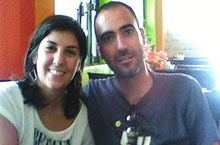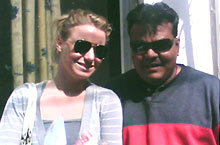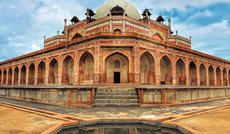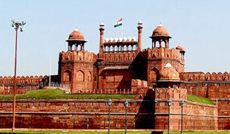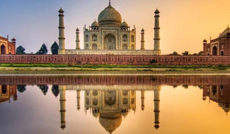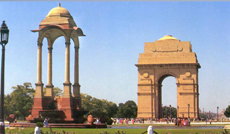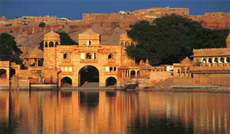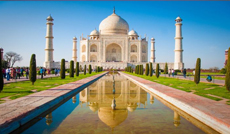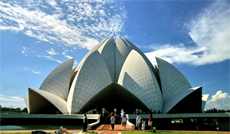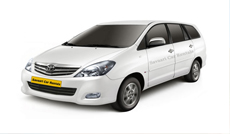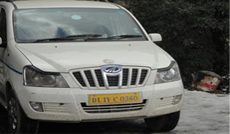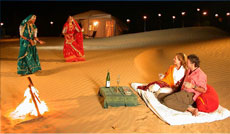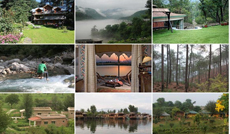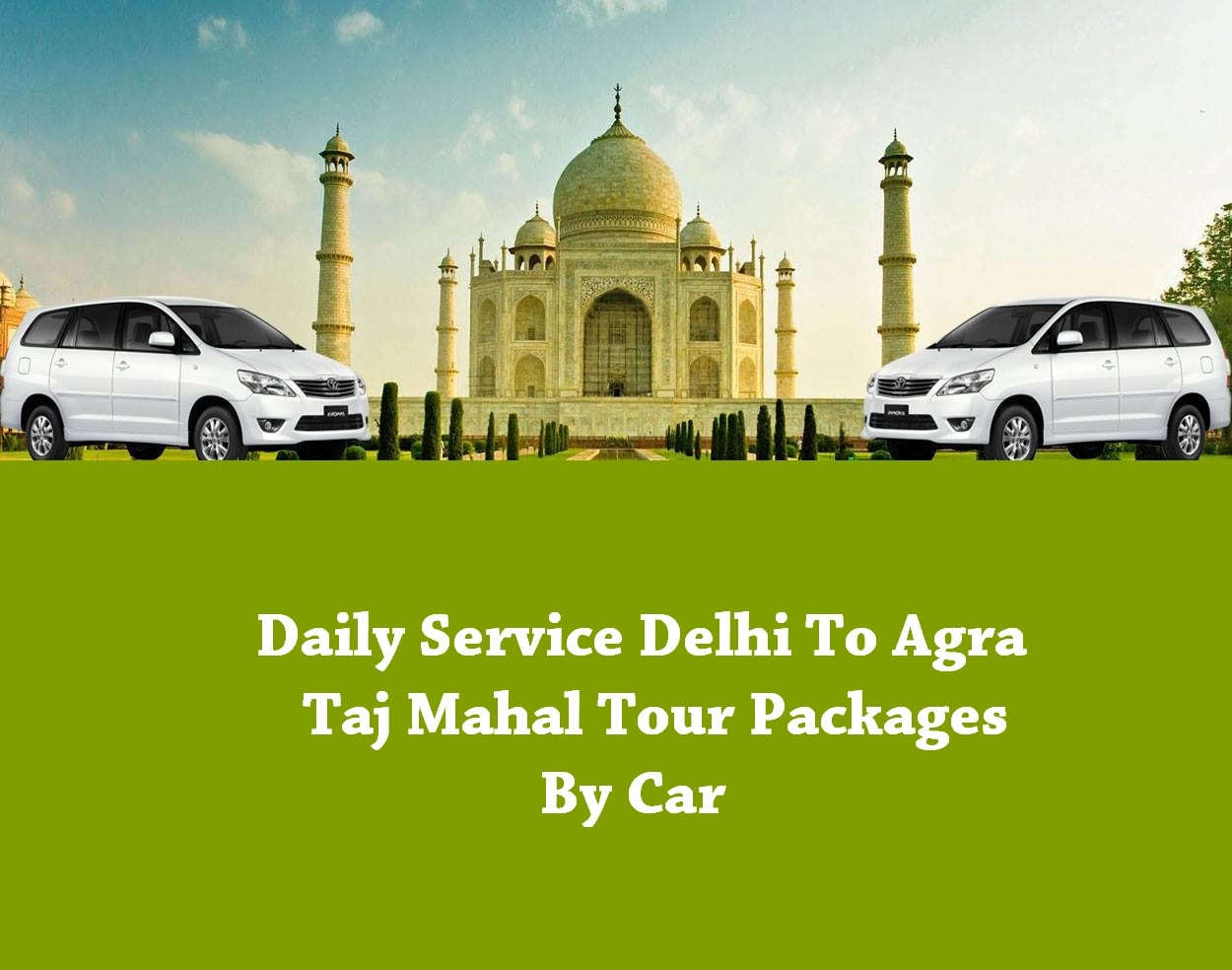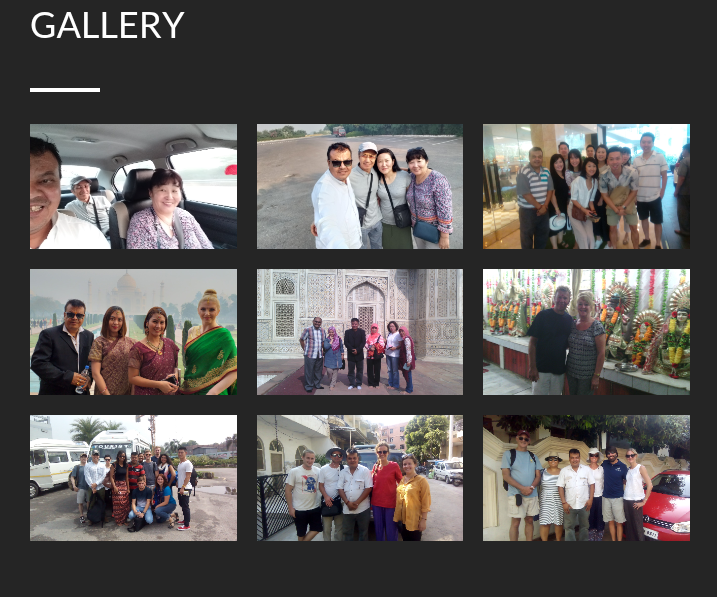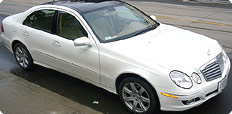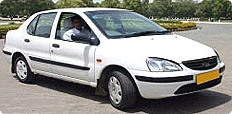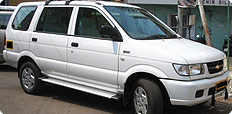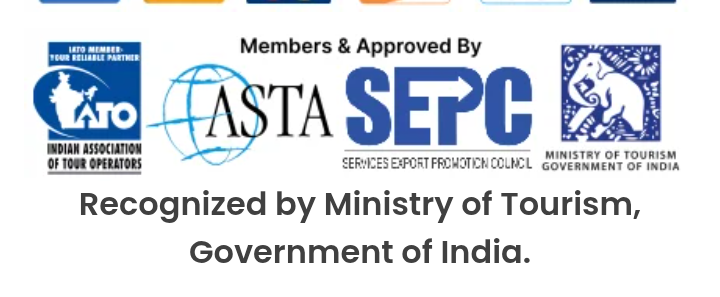The picturesque capital of Rajasthan, Jaipur is also known as
the Pink City. The colour pink is associated with culture. There
is a timeless appeal in the colourful bazaars of Jaipur, where
one can shop for Rajasthani handlooms and trinkets. Beautifully
laid out gardens and parks, attractive monuments, and marvellous
heritage hotels, which were once the residence of Maharajas, are
worthy of admiration. Not to mention the ambling camels and
cheerful people in multi-hued costumes, that make your trip to
the Pink City a memorable one.
History
Built in 1727 A.D. by Maharaja Sawai Jai Singh II, Jaipur
displays remarkable harmony and architectural splendour. The
ancient heart of the Pink City still beats in its fairy-tale
palaces, rugged fortresses perched on barren hills, and broad
avenues that dot the entire city. The only planned city of its
time, Jaipur is encircled by a formidable wall. A young Bengali
architect, Vidyadhar Bhattacharya, formalised the city plans in
a grid system. The wide straight avenues, roads, streets, lanes,
and uniform rows of shops on either side of the main bazaars
were arranged in nine rectangular city sectors (Chokris), in
accordance with the principles of town planning set down in the
Shilpa Shastra-an epochal treatise on Hindu architecture.
Culture
Hospitality is the main feature of Jaipur's cultural
specialities. The city is known for its colourful atmosphere,
associated with well-being and cheer.
Climate & Geographical Location
Jaipur is very hot and dry in summer and extremely cold in
winter. Jaipur is located at 431 metres above sea level.
How to Reach
By Air
Jaipur is well connected to Mumbai, Delhi, Rajkot, Aurangabad,
Jodhpur, Udaipur, and Ahmedabad.
By Rail
Jaipur is the main railhead and has excellent connections with
Delhi, Bikaner, Jodhpur, Udaipur, Ahmedabad, Secunderabad, Agra,
Lucknow, Mumbai, and Kolkata.
By Road
Jaipur is on National Highway No. 8 connecting Delhi to Mumbai
via Jaipur, Ajmer, Udaipur, and Ahmedabad. Jaipur has a thorough
network of comfortable deluxe tourist buses. Rajasthan Roadways
runs excellent regular services of AC and Deluxe coaches from
Delhi. Some road distances are Delhi 259 km, Udaipur 405 km,
Jodhpur 336 km, Ahmedabad 657 km.
Places to See
Samode
40 km north-west of Jaipur. The beautiful Samode Palace has been
rebuilt and renovated, providing a fine example of Rajput haveli
architecture and is an ideal spot for outings.
Ramgarh Lake
At 32 km north-east of Jaipur. A huge artificial lake was
created by constructing a high bund amidst tree-covered hills.
The temple of Jamwa Mata and the ruins of the old fort are some
of its antiquities. Its beautiful landscape, especially during
monsoons, makes it an idyllic picnic spot.
Nahargarh
A sentinel to the Pink City, Nahargarh Fort is situated beyond
the hills of Jaigarh. Much of it is in ruins, but the lovely
building, added by Sawai Ram Singh II and Sawai Madho Singh II,
provides interest to the fort.
Sanganer
Located 12 km from Jaipur city on Tonk Road, Sanganer has
exquisitely carved Jain temples and is an important centre for
the crafts industry, producing some of the finest hand-printed
textiles. The town is entered through the ruins of two tripolias
(triple gateways) and is well connected by roads.
Amer Palace
A beautiful complex of palaces, halls, pavilions, gardens, and
temples built by Raja Man Singh over about two centuries. The
palace complex emerges dramatically from the Maotha Lake and is
approachable only through a steep path. Tourists often ride
elephants to the Singh Pol and Jaleb Chowk. The Diwan-e-Aam,
Ganesh Pole, Sukh Niwas, Jas Mandir, Mohan Bari, Kesar Kyari,
and Dilaram Bagh provide spectacular architecture and views.
Sisodia Rani Garden
Beautifully landscaped gardens, laid out in the 18th and 19th
centuries by kings and courtiers, dot the narrow gorge in the
south-eastern corner of the walled city. Vidyadhar-ka-Bagh is
the best preserved, with shady trees, flowing water, an open
pavilion, and terraces.
Amer / Amber
Former capital of the Kachhwaha Rajputs of Dhundhar. In high
season, it is a popular tourist site with a continuous train of
decorated elephants. The Palace and Jaigarh Fort show distinct
Mughal influence.
The City Palace
In the heart of the old city, the former royal residence blends
Rajasthani and Mughal styles. Carved arches, marble columns,
gold and coloured motifs, elephant sculptures, a museum of
costumes and armory, and an art gallery of miniature paintings
and astronomical works await visitors.
Jantar Mantar
This stone observatory is the largest of Jai Singh's five
remarkable observatories, with complex instruments and Ram
Yantras used for gauging altitudes.
Hawa Mahal
Built in 1799 A.D., the Hawa Mahal (Palace of Winds) is a
five-storey building in pink splendour, with semi-octagonal and
delicately honeycombed sandstone windows. It was designed for
royal women to observe everyday life and royal processions.
Govind Devji Temple
A popular spireless temple dedicated to Lord Krishna, located in
Jai Niwas Garden north of Chandra Mahal. The deity was
originally installed in Vrindavan and reinstalled here by Sawai
Jai Singh.
Albert Hall Museum
Built by Sawai Ram Singh II in 1868 in Indo-Saracenic style as a
famine relief project, the museum houses sculptures, paintings,
decorative wares, natural history specimens, an Egyptian mummy,
and the Persian carpet. The Rabindranath Manch auditorium and
modern art gallery promote cultural events.
Galtaji
An ancient pilgrimage centre amidst low hills, temples,
pavilions, and holy kunds, offering lush landscapes. The small
Sun God temple is visible from all parts of the city.
BM Birla Planetarium
The Planetarium offers unique audio-visual education and
entertainment with a modern computerized projection system.
School group concessions are available; closed on the last
Wednesday of every month.




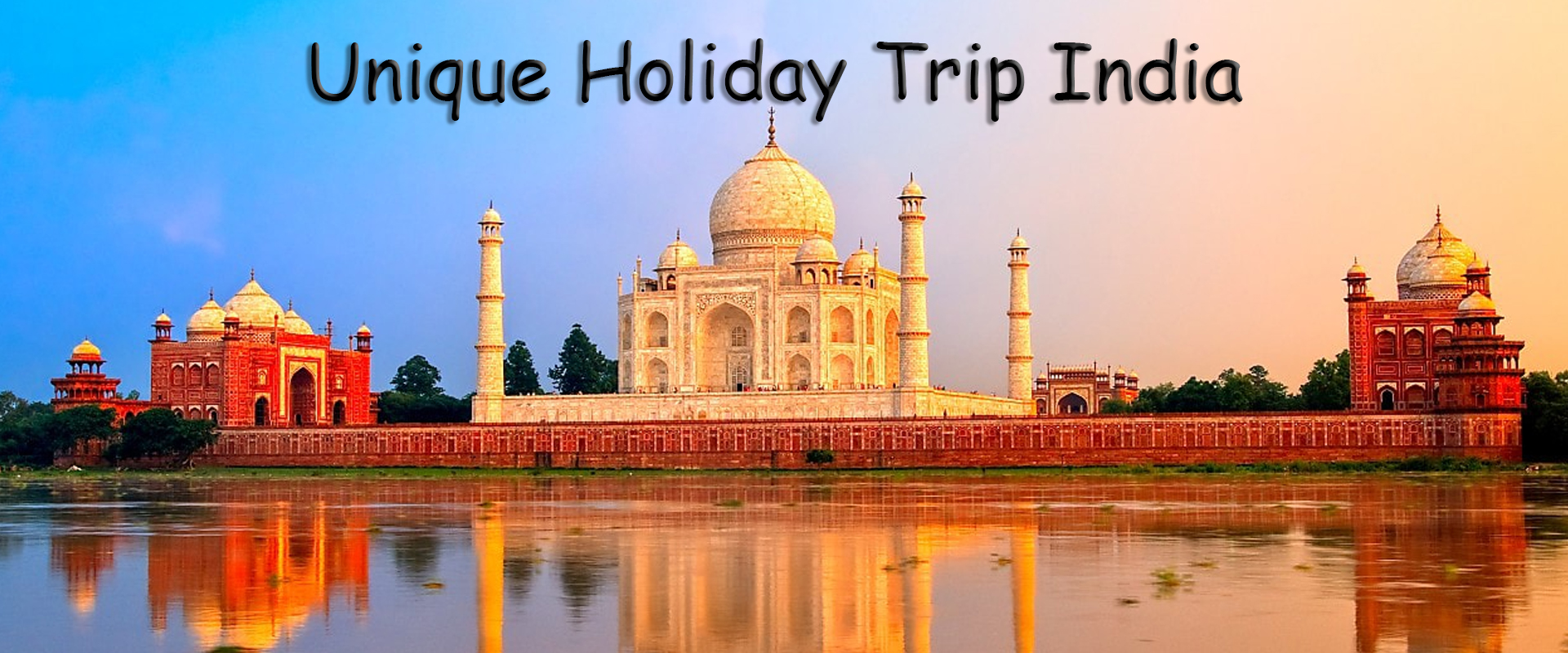
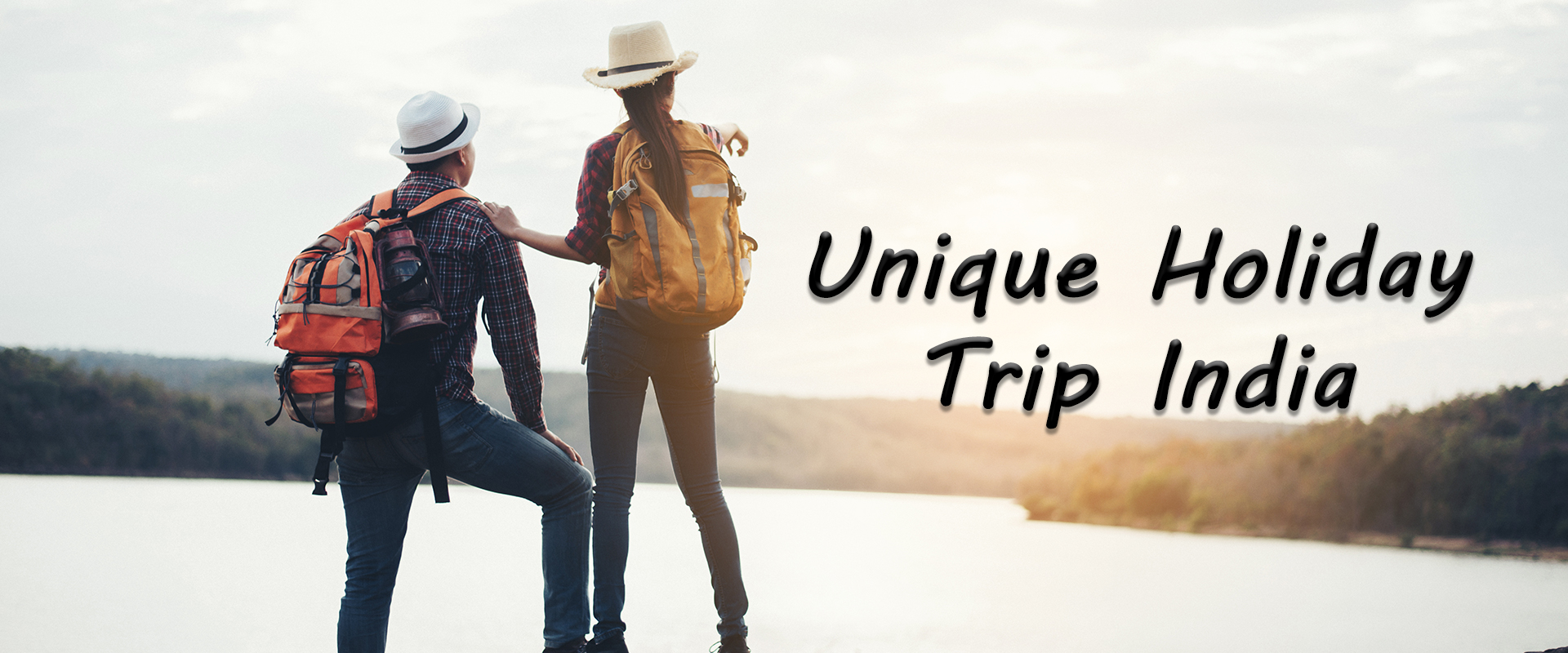
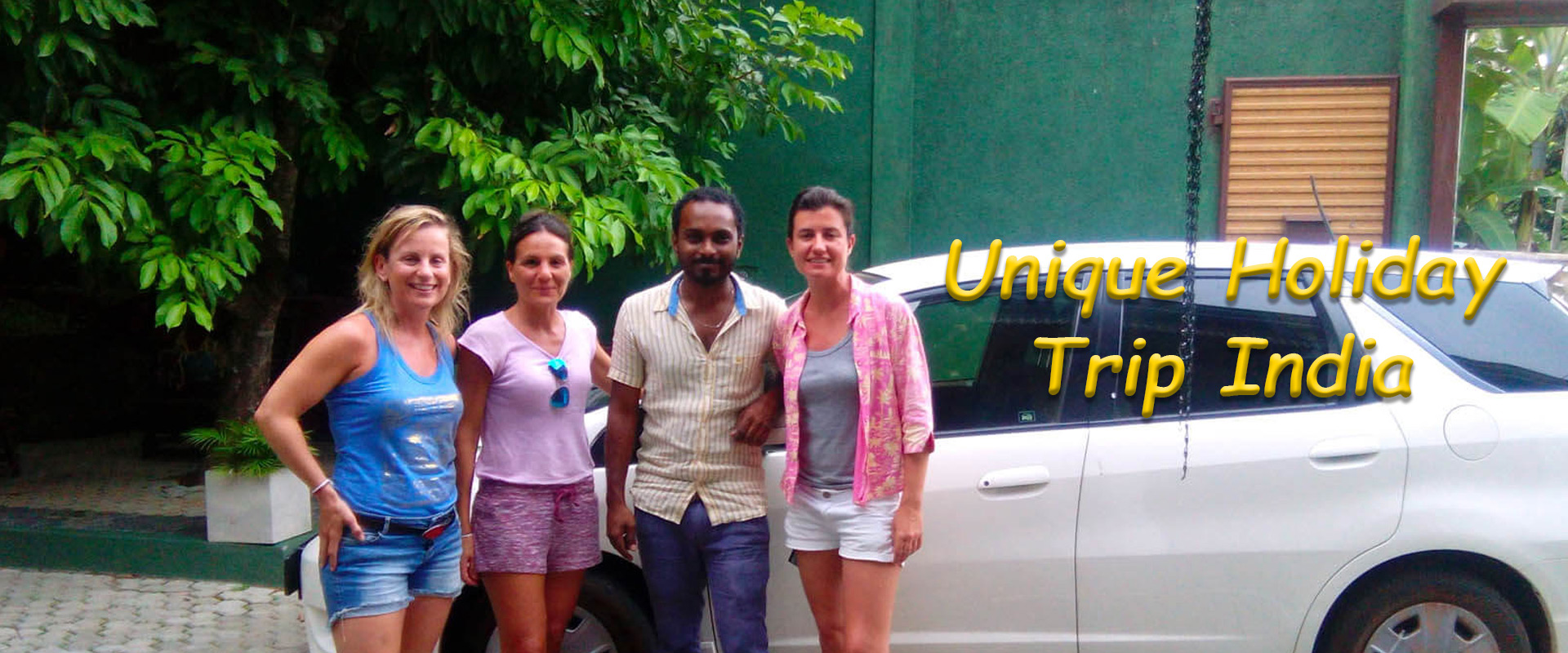
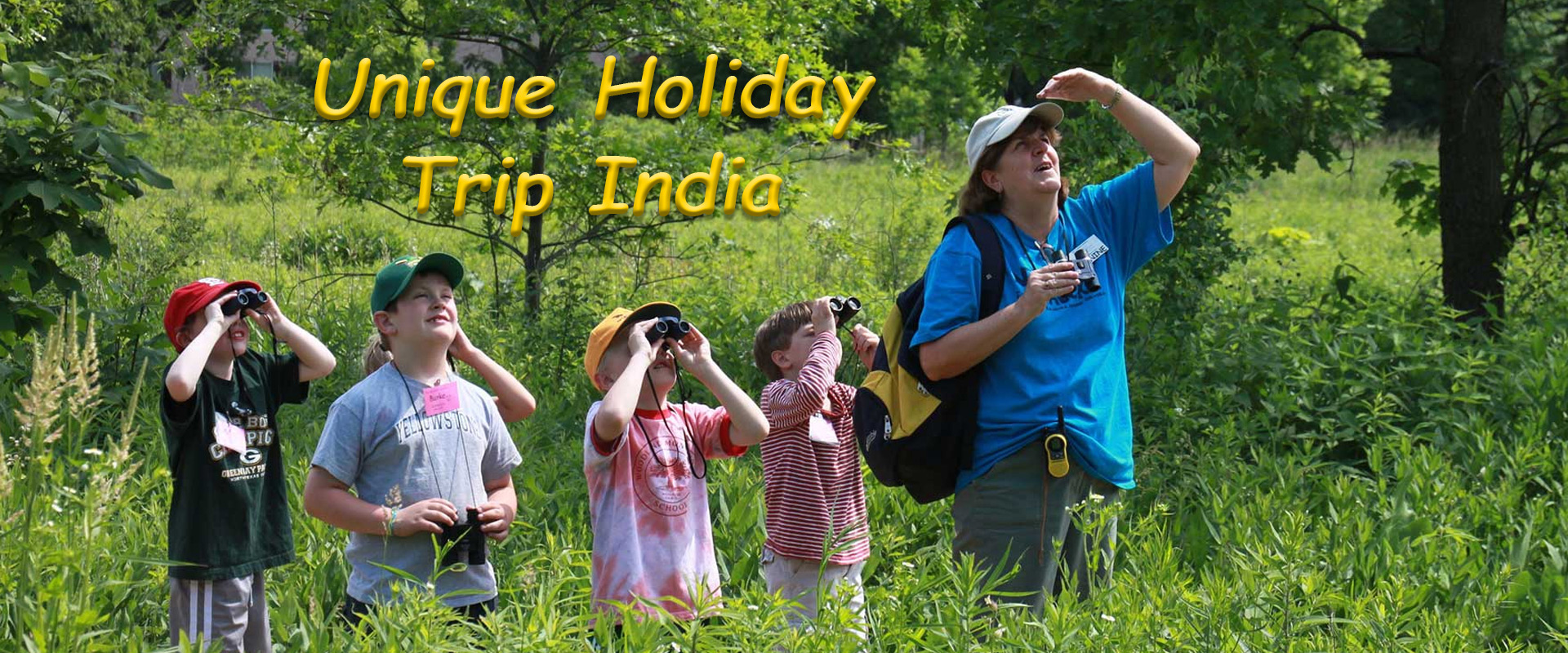

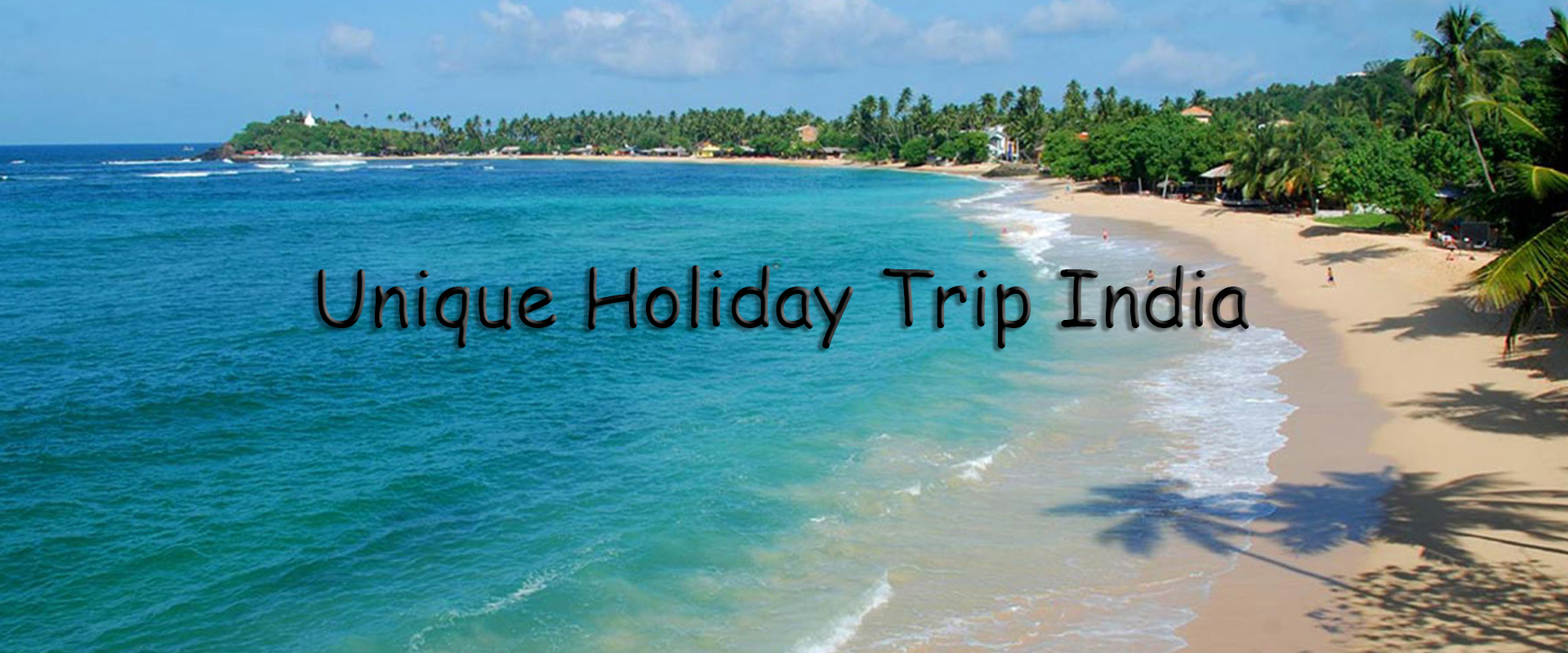
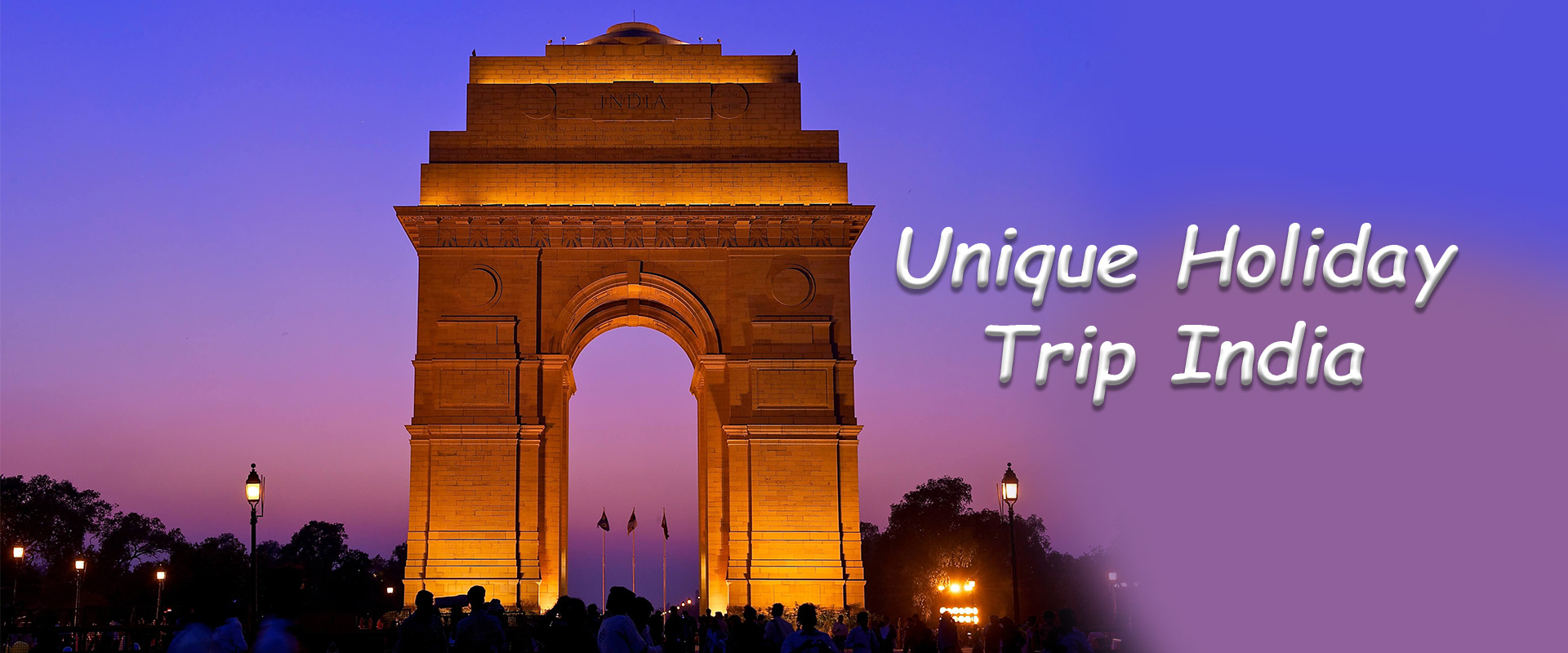
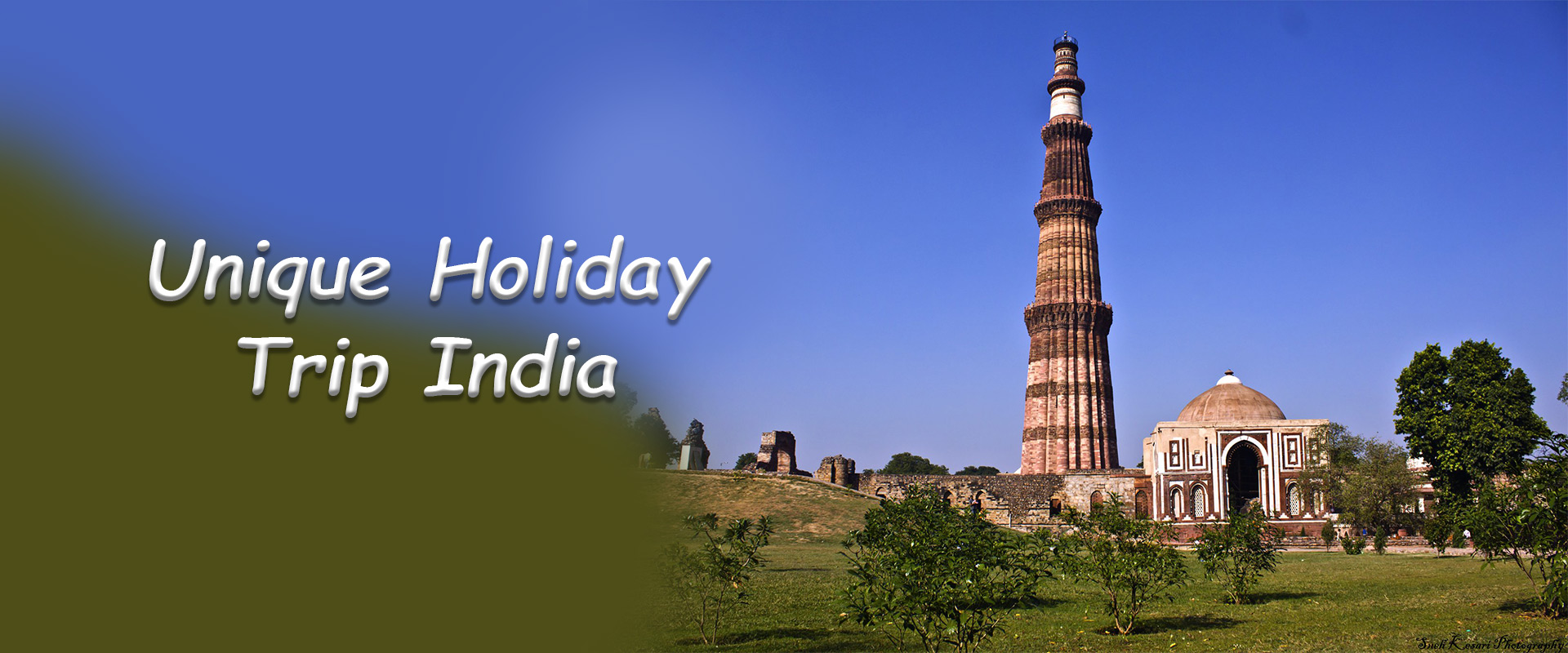
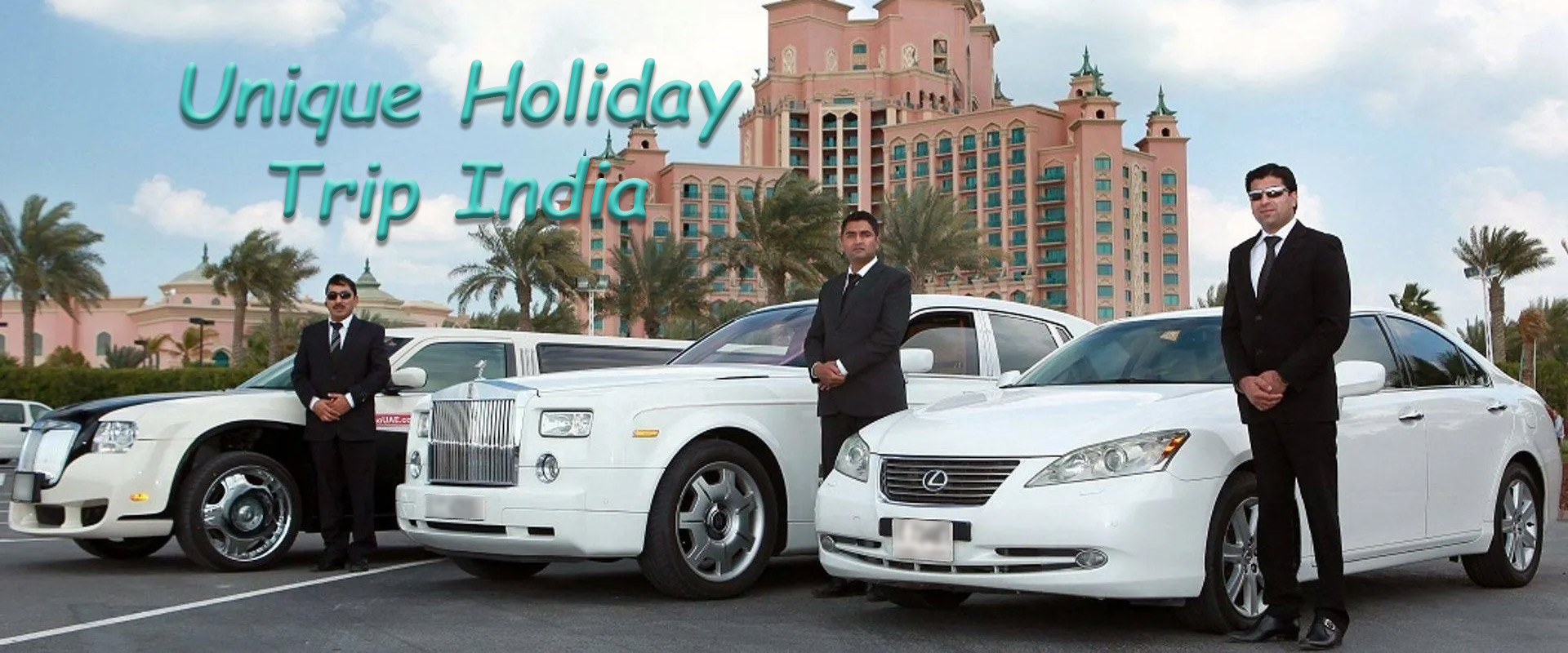
.jpg)
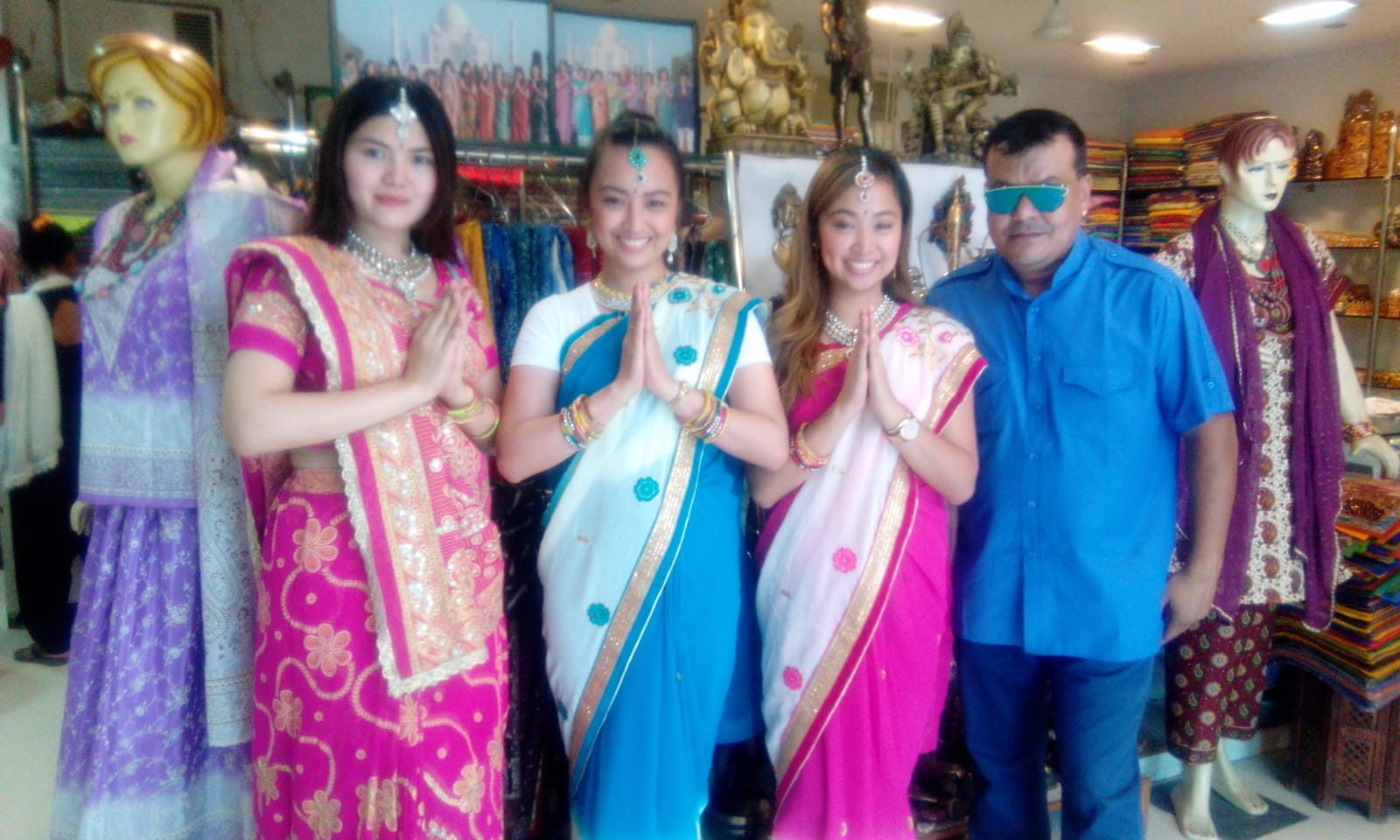
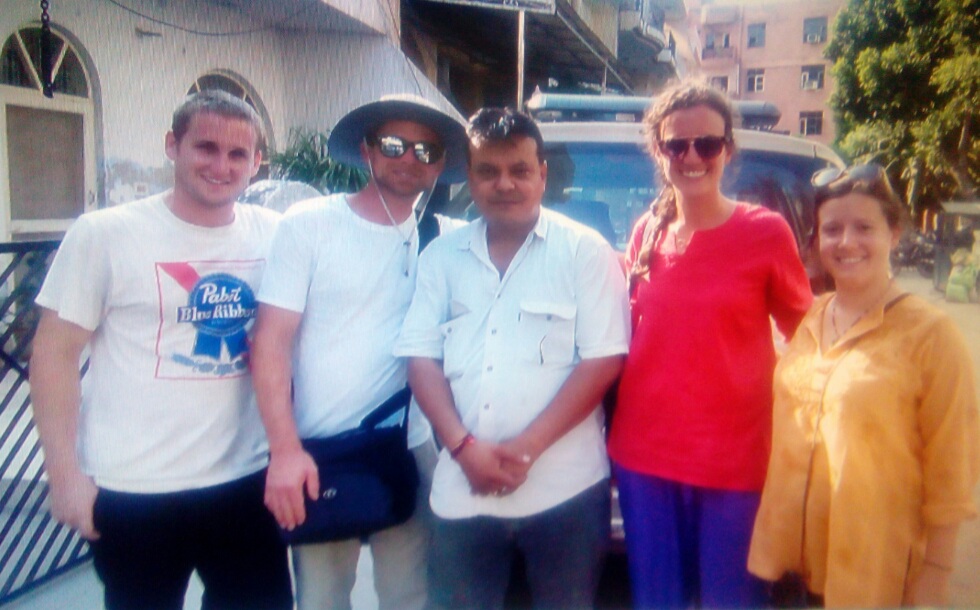
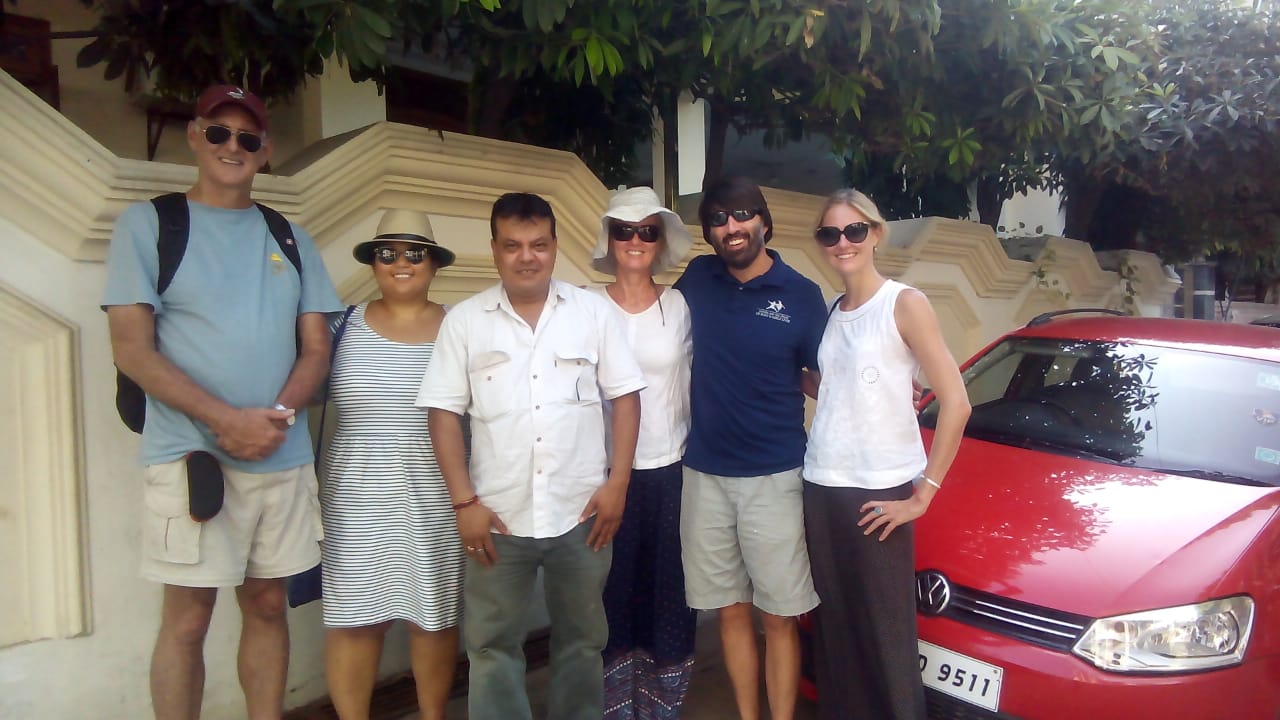
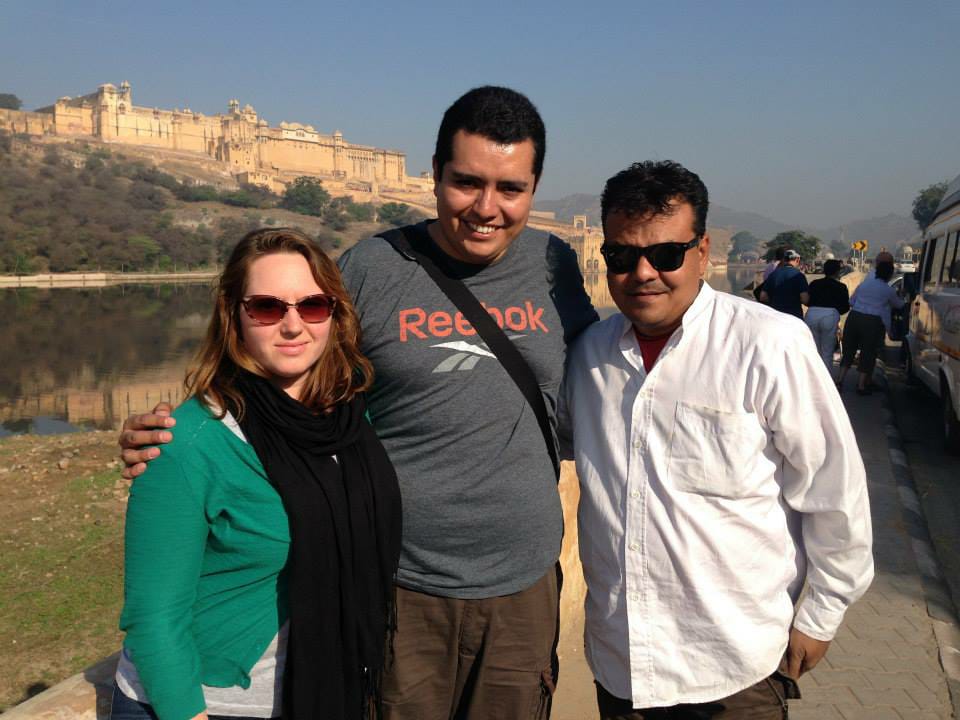
.jpg)
